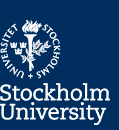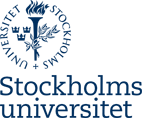Purpose and learning objectives
Upon completion of this course, students are expected to be able to:
– explain how the past and the present are represented in landscapes and the purpose of these representations.
– describe the landscape concept and how approaches to understanding landscapes have changed over the last 100 years.
– demonstrate the knowledge and application of methods for analysing the landscape, from contemporary and historical perspectives.
– discuss and reflect on the theoretical perspectives for reading the landscape.
– conduct a literature study including questions, literature search and compiling literature from one area of landscape research.
Content and teaching methods
Landscapes have multiple meanings and scales. They are simultaneously historical, social, political, economic and environmental, while also being rural, regional or urban. Landscapes change over time, as do our interpretations and uses of them. This course critically examines the landscapes we live, work and recreate in, past and present. The course field studies use a combination of landscape analysis methods and so link theory to real world examples. The course teaches students how to read the landscape, understand landscape change and interpret present-day landscapes within their societal and historical contexts.
The module contains introduction, lectures, seminars and excursion.
Course facts
Course coordinator: Danielle Drozdzewski.
Course code: KG7207.
Cycle: Second Cycle.
Main field of study: Human Geography.
Language of instruction: English.
Pace percentage: 100%.
Course start: Spring Semester.
Semester period: C–D.
Module sharing: No.
Special eligibility requirements: Bachelor degree incl. 90 HECs in a landscape related discipline, or accepted to a master programme in Human Geography or Urban and Regional Planning.
Selection: Higher Education Credits (up to 270).
Application: See the University course and programme database.
Detailed information, including grading criteria, is presented at the course and module introductions and via the collaboration and learning environment Mondo. Course syllabus, required reading and timetable are available below.




